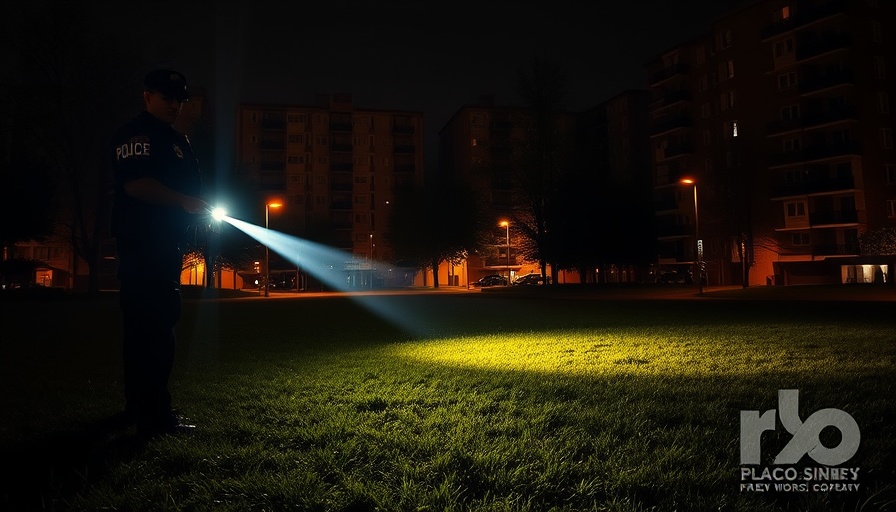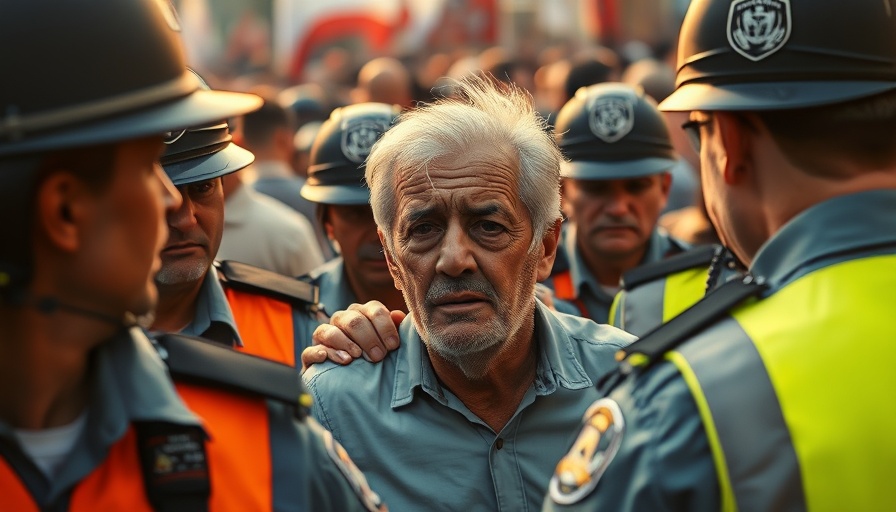
A Closer Look at Officer-Involved Shootings and Their Implications
The recent incident involving a woman striking a Bismarck police officer with her vehicle, leading to a fatal officer-involved shooting, sheds light on the complexities of law enforcement and the circumstances surrounding the use of deadly force. Body camera footage released by the Bismarck Police Department illustrates the tension and unpredictability officers face during routine traffic stops. Such moments frequently escalate, transforming into life-threatening situations that can leave both civilians and officers vulnerable.
Understanding Officer Safety in High-Risk Situations
Officer Matthew James, the victim of this distressing encounter, has become emblematic of the dangers police face daily. After being struck by the vehicle, Officer James was thrown over a snowbank, resulting in severe injuries that necessitate knee surgery. This incident prompts a reconsideration of police safety protocols during high-risk interactions. Bismarck Police Chief Dave Draovitch emphasized the importance of reviewing such incidents to prevent future occurrences, indicating a proactive stance toward protecting officer wellness and effectiveness.
Police Use of Body Cameras: Enhancing Accountability
The role of body cameras in this incident cannot be understated. These devices have become critical in assessing officer-involved shootings, providing transparency in critical events. The footage released highlights the need for law enforcement policy reform that supports accountability while also safeguarding officers' rights. In addition to documenting the incident, body cameras serve as tools for police training programs, allowing departments to review footage for better preparation in future engagements with unpredictable behavior and confrontations.
The Balance Between Community Engagement and Officer Safety
This tragic incident raises significant questions about community relations. As law enforcement agencies push for greater public safety news coverage and police transparency, it’s crucial to address prevailing perceptions about police brutality and misconduct. Regularly training officers not only on handling encounters with civilians, especially in high-tension scenarios but also on how to engage positively with the community, can build trust devoid of hostility or fear. Educating the community about the challenges faced by officers can foster collaboration and mutual respect.
Future Predictions: Trends in Law Enforcement Policy
As we move forward, incidents like this one will likely catalyze policy changes, focusing on the importance of mental health resources for officers. Police suicide prevention programs and stress management resources are essential to ensuring that officers are fit for duty in high-stress environments. Additionally, policymakers must address the root causes that lead to violent encounters, promoting preventive measures that reduce both officer and community risk levels.
Critical Reflections on Law Enforcement and Technology
The incident in Bismarck illustrates the crucial intersection of police technology and community safety, emphasizing a need for enhanced tools such as AI analytics to predict and mitigate potential violence during encounters. By refining these technologies and incorporating them into police operations, agencies can improve their response strategies dramatically. While technology cannot replace human instincts, it can serve to complement and enhance them, leading to better decision-making processes during critical moments.
Conclusions and the Path Forward
The tragic circumstances of this incident, while devastating, serve as a reminder of the ongoing challenges faced by law enforcement and the importance of continuous improvement in policies, training, and community relations. Understanding these dynamics enables police departments to foster an atmosphere conducive to public trust and officer safety. Moving forward, let us advocate for comprehensive public safety reform while supporting our officers as they navigate their critical roles in society.
In conclusion, it’s essential for law enforcement agencies to critically analyze incidents such as the one in Bismarck. Developing robust protocols and embracing new technologies will not only safeguard officers but also boost community relations, ensuring a safer environment for all. Support measures and reforms that promote officer wellness and integrity within the justice system today, for a better tomorrow.
 Add Row
Add Row  Add
Add 

 Add Element
Add Element  Add Row
Add Row 




Write A Comment